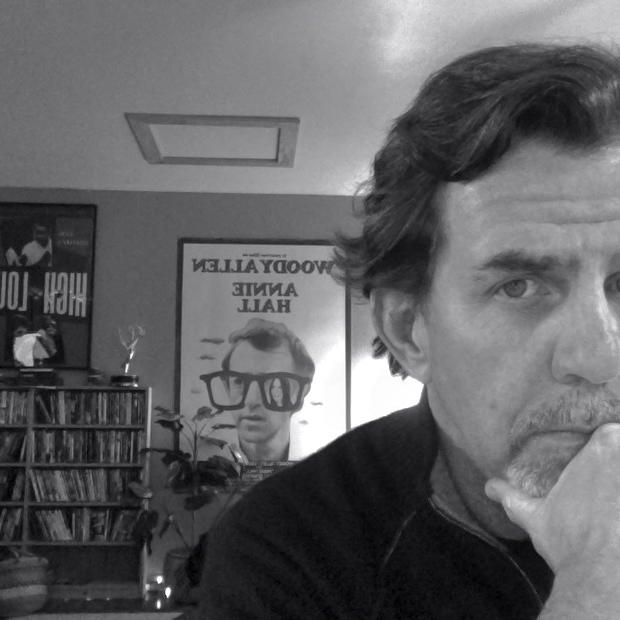The easy joke to make with National Gallery, Frederick Wiseman’s latest documentary set inside the venerable London art museum, is that it’s about as exciting as watching paint dry. The film will live up to that description for many viewers or, to be more exact, for many of the very few viewers who will actually see it.
Wiseman is not only famous for the demanding length of his documentaries — most run three hours or more — but also for the difficulty in finding them. They usually play for a week or two in a single art house in a few major cities (it opened at Northwest Film Forum in Seattle on Friday and runs through Thursday) and then must be purchased or rented via his own company, Zipporah Films. They don’t show up on PBS, HBO or on-demand; they rarely play in retrospective screenings; and you won’t find them on iTunes, Amazon or Hulu (although five of his 42 completed pictures are now, surprisingly, available on Netflix).
Wiseman’s reputation is irrefutable among many critics and universities but I’ve hardly met anyone, including many of my documentary filmmaking colleagues, who have actually seen much of his work. For whom, then, does this director make his movies?
You won’t find an answer to that question in National Gallery. The documentary runs 181 minutes. It consists of endless scenes of talk: docents describe paintings to museum visitors; art experts explain the fine points of restoration; museum executives discuss budgets and public relations campaigns. There are several brief montages of paintings interspersed with cutaways of onlookers (so many cutaways of onlookers, in fact, that I began to resent Wiseman’s insistence on using them). There are a few exterior shots: crowds waiting in the cold London weather to enter the museum for a special Da Vinci exhibition, other banal scene-setters of Trafalgar Square and one unexplained sequence of protestors unfurling an anti-oil banner outside the gallery’s facade.
The rhythm of the film never wavers, as if Wiseman is following some rule he long ago established for himself and is afraid of violating. His signature style is to remain the observer. He directs, runs sound and edits. His longtime cameraman, John Davey, films from an unobtrusive distance. There is no narration, explanatory onscreen text, music or talking heads. National Gallery is so unexciting as a piece of cinema it begs to be evaluated as something else.
And this, perhaps, is Wiseman’s intent.
Wiseman makes films about institutions. Hospitals, zoos, the military, a theater. He wants to show how the mundane, repetitive, behind-the-scenes rituals of conducting business, of making protocols and policies, transform into either an efficient or dysfunctional operation. To experience one of his films is to experience the institution itself. Sitting through National Gallery is like visiting the museum. You may succumb to the urge for frequent breaks. Feel free to grab an espresso, go to the bathroom two or three times, sit down on a bench and doze. The effect, in the long run, is soporific. But that’s mainly because we get to see way too little of the art and way too much of people looking at or talking about it.
Wiseman seems in a hurry to cut away from a Titian or a Velazquez to the people prattling on about them. When one docent begins to elucidate the positioning of background images in Vermeer’s “Lady Standing at a Virginal,” we barely get to see the work for ourselves before Wiseman cuts back to the speaker. I found this editing tic so baffling I decided that Wiseman did not have permission to linger on any portion of a painting for more than four seconds.
My Internet search didn’t yield an answer to this question but it did lead me to a review of the film by New Yorker film critic Richard Brody, who voiced his own displeasure with the movie’s overt talkiness. He also, by the end, came around to the idea that what Wiseman was after with National Gallery was to illustrate how little a visitor sees or understands of what goes into the seamless exhibition of masterworks, of how much institutional stagecraft it takes to put on this great a show. That’s a fine point, but it doesn’t make Wiseman’s approach any less irritating or any more enlightening.
Brody suggests the film’s final silent image, a Rembrandt self-portrait, is a stand-in for the director himself, gazing back at us in critical amusement, as if to say Wiseman also agrees there is way too much talking about art and not enough looking at it. If that’s true, then this three-hour, tough sit of a movie seems like too long a haul to end on such a minor, not to mention cynical, punchline.
This review first appeared on The Restless Critic blog.

